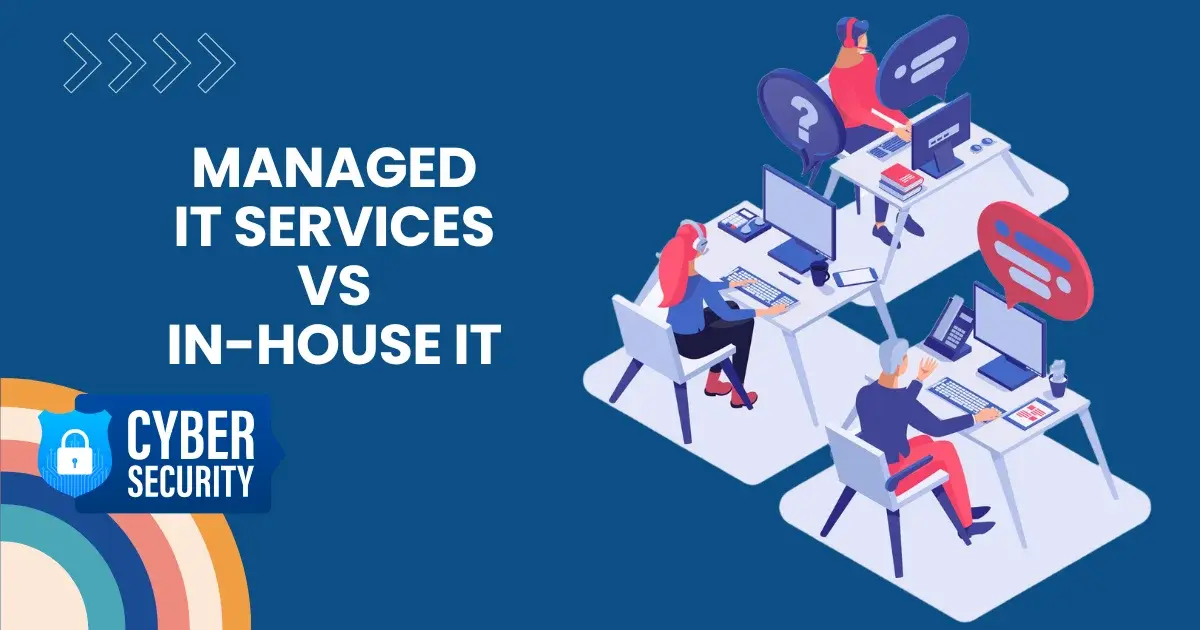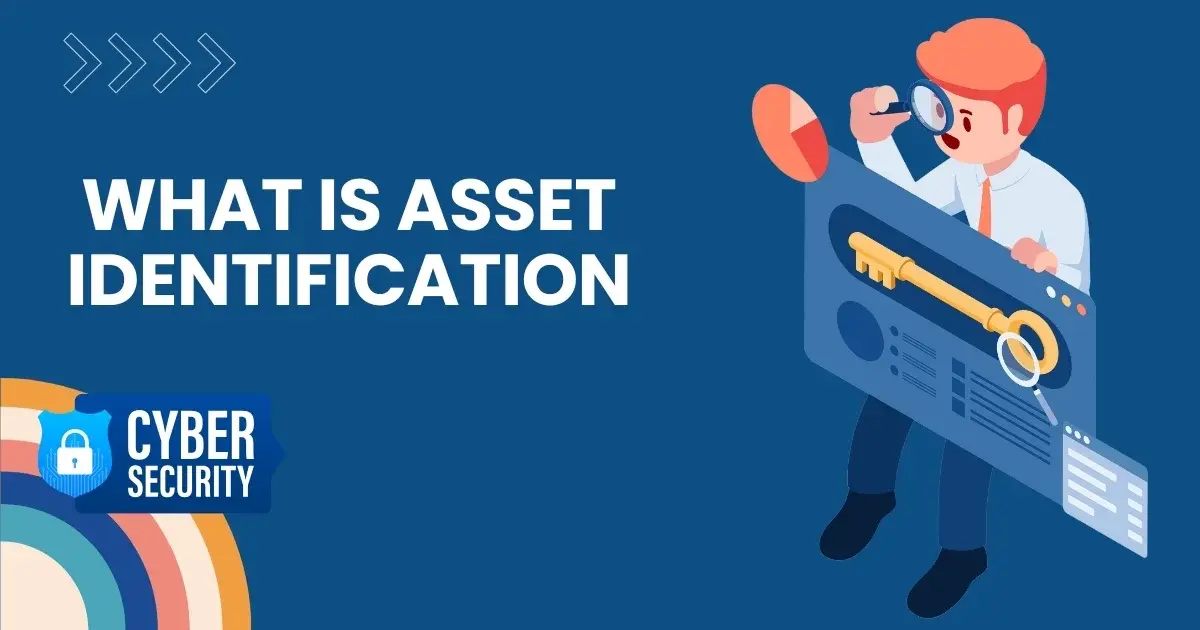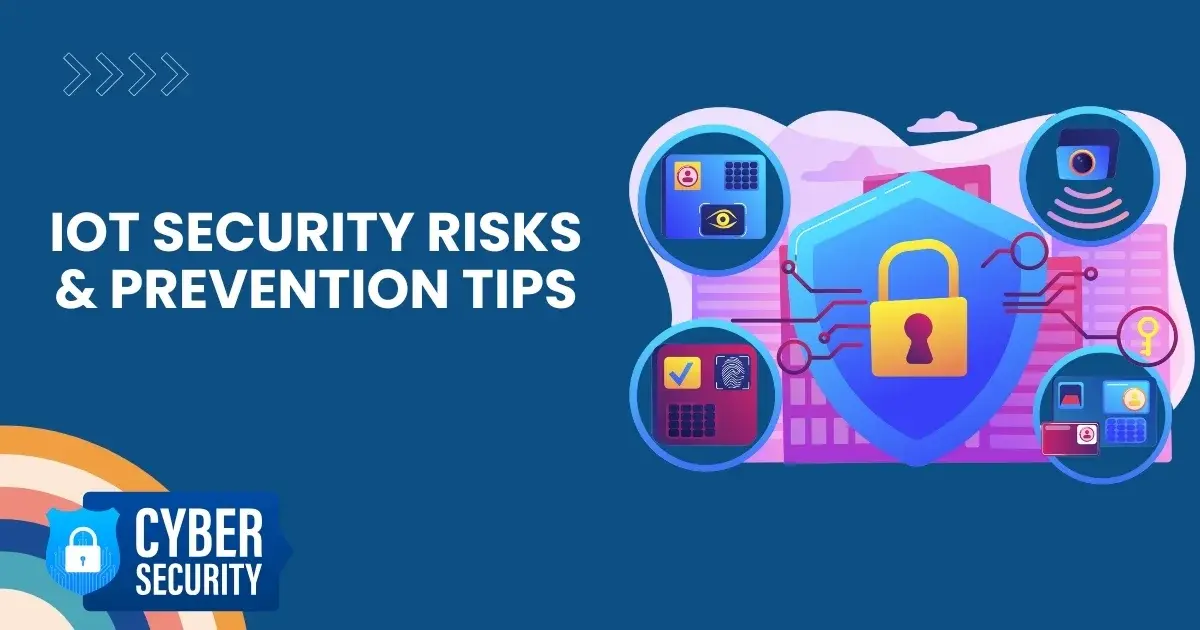What is SaaS Security Posture Management (SSPM)?
- September 21, 2023
In the rapidly evolving landscape of cybersecurity, the need for robust security measures has become paramount. Thanks to cloud computing and Software-as-a-Service (SaaS) applications. SaaS Security Posture Management (SSPM) emerges as a critical component in ensuring security compliance within an organization’s infrastructure. SSPM is essential for maintaining the overall health of SaaS applications, effectively mitigating security risks.
Forbes 2024 report reveals that 70% of enterprises prioritize SaaS security to secure sensitive applications. One IBM report finds that 82% of breaches involve cloud-based data storage. Amid the robust transfer to cloud-based security, Bloomberg forecasts cloud spending over $290 billion by 2026. Giving a strong security edge to SaaS apps and data against looming cybersecurity risks substantiates the need for SSPM. Let’s delve into other details.
Overview of SaaS Security Posture Management (SSPM)
Table of Contents
Before jumping into the dynamics of SSPM, it is important to absorb the SaaS security posture applied to SaaS applications to mitigate cybersecurity risks. As over 50% of organizational data is managed remotely over the internet from outside the organization, SSPM software becomes crucial. It serves as a potential cybersecurity network solution to fill the security gaps in SaaS applications.
- Automatically detects manual interruptions
- Curtails unauthorized cloud security breaches
- Quickly identifies misconfigurations and suspicious user accounts
- Control excessive user permissions and compliance risks
How does SSPM work?
SSPM works to protect SaaS apps by focusing on the following areas:
User Permission
SSPM thoroughly reviews user permissions within your organization’s SaaS apps to detect inactive, unauthorized, and unnecessary user accounts. This ensures continuous visibility into your vulnerable data.
Configuration
SSPM aims to provide security automation by configuring Identity and Access Management (IAM) for SaaS apps. However, it faces challenges in timely threat detection.
Compliance
SaaS follows security frameworks (e.g., NIST, ISO/IEC 27001) to identify potential security risks in an organization. It also deploys response plans within regulatory requirements (e.g., GDPR, HIPAA).
SSPM Features
SSPM offers essential features to enhance the security of SaaS applications:
- Cloud Access Security Brokers (CASBs): Intermediaries that ensure balanced security and access control between users and cloud service providers.
- Security Information and Event Management (SIEM): Platforms that detect and respond to security threats by analyzing events and logs from SaaS apps.
- Data Loss Prevention (DLP): Tools that prevent unauthorized data leakage and protect sensitive information.
- Ultimate Data Encryption: Protects data by encoding it at rest and in transit to prevent unauthorized access.
- API Security Management: Secures data exchange between SaaS apps and other systems.
- Zero Trust Principles: Ensures strict user access and authentication, leaving no gaps for cyber attackers.
These features collectively ensure robust security, compliance, and data protection for organizations using SaaS applications.
Key Benefits of SSPM
More than 50% of global enterprises prefer to lean on SSPM tools not meaninglessly but for good. Cutting the long details short, it provides better security and management of SaaS applications enabling them to operate efficiently and flawlessly.
- Prioritizes SaaS data security
- Ramp up firewall management
- Strengthens cloud posture against identity risks
- Perform security audits for secure app integrations
SSPM vs. CSPM: Focused Security for SaaS
Similar to Cloud Security Posture Management (CSPM), SSPM assesses the security posture of SaaS applications. However, while CSPM focuses on service-based cloud deployments across various providers like Amazon Web Services (AWS), Microsoft Azure, and Google Cloud, SSPM specifically targets SaaS applications. CSPM scans multiple levels of the computing stack, including:
- PaaS
- SaaS
- Containers
- Serviceless Code
- Infrastructure-as-a-Service (IaaS)
SSPM tools provide targeted security for SaaS applications, ensuring robust protection and compliance. By focusing specifically on SaaS, SSPM complements the broader reach of CSPM, enhancing overall cloud security.
Reducing Costs & Proactive Threat Security
SSPM tools enhance SaaS application security and reduce costs. By automating security processes, organizations save on operational expenses. A 2024 IBM report shows an average cost saving of $3.66 million per data breach. SSPM’s proactive threat detection prevents costly incidents, ensuring business continuity.
Proactive threat security is a key feature of SSPM, offering real-time monitoring and swift response to threats. By continuously assessing security postures and identifying vulnerabilities, SSPM promptly mitigates potential risks, safeguarding sensitive data and providing robust defense against evolving cyber threats.
Empowering SaaS applications through a foolproof SSPM setup is crucial for controlling cloud security posture and preventing security incidents. For professional and unmatched managed IT services near you, turn to leading SSPM providers like Advanced IT. They offer competitive solutions to enhance the security level of your organization’s SaaS applications.





